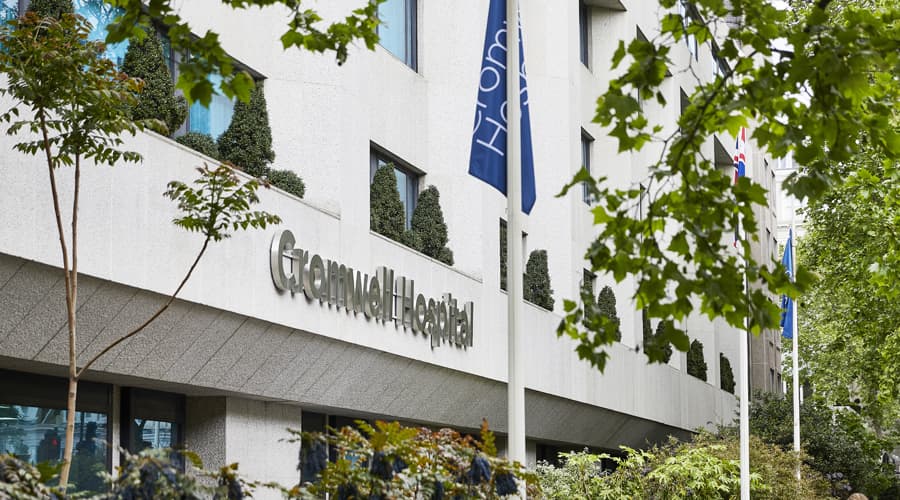Lateral collateral ligament (LCL) reconstruction
Reconstructive surgery to the lateral collateral ligament (LCL) which connects the thigh bone to the calf bone.
What is lateral collateral ligament (LCL) reconstruction?
Lateral collateral ligament (LCL) reconstruction surgery involves using a tendon from your own body to replace the torn LCL.
There are several ligaments that provide stability to your knee joint – the cruciate ligaments in the middle of the joint and the collateral ligaments which run along the sides of the joint.
The lateral collateral ligament (LCL) is on the outside of the knee and connects the thigh bone to the calf bone.
The most common way to tear the LCL is as a result of a blow to the outside or inside of the knee, which forces the joint outwards. It's also possible to tear it as a result of repeated stress during sports that involve a lot of sudden stops, twisting, and turning.
Symptoms of a torn LCL can include:
- a feeling that your knee may give way
- locking or catching in the joint
- mild to acute pain
- stiffness
- swelling and tenderness along the outside of the knee
Your consultant may recommend surgery if your LCL damage cannot be helped by physiotherapy and your symptoms don’t improve or the knee remains unstable.
LCL surgery is carried out under general anaesthetic, so you will be asleep during the operation.
Your orthopaedic surgeon makes a vertical cut on the outside of your knee and will take a section of tendon from elsewhere in your body – usually from the thigh or knee.
If the ligament is completely torn, a tendon is grafted into the bones where it was attached, providing a bridge or scaffolding to help the ligament to grow back.
They will then drill small holes in your thigh bone and shin bone, and insert the ends of the tendon. This graft is fixed in place with screws or staples.
The cut is then stitched closed and a dressing is applied.
You should be able to go home the next day after surgery. It usually takes about six weeks for a graft to heal, although it takes roughly 12 weeks for it to become fully attached.
During the first six weeks, you might need to wear a leg brace to limit the movement of your knee, and you’ll need to use crutches to keep the weight off it.
Your physiotherapist will give you some gentle exercises to help build up the muscles and mobility of your knee. You should be able to use an exercise bike once you are off your crutches.
You should be able to return to work around six weeks after the operation, if your job isn’t physically demanding. Those with more active jobs will need a longer recovery time.
It usually takes six to nine months to make a full recovery and return to sports.
Contact us today
Our team will be happy to answer any questions and book your appointment.
Self-pay: +44 (0)20 7244 4886
Insured: +44 (0)20 7460 5700
Paying for your treatment
We welcome both self-paying and insured patients.
Self-pay patients
We offer several ways for patients to self-pay, including pay-as-you-go and self-pay packages.
Insured patients
At Cromwell Hospital, we accept private health insurance from most major providers, including AXA, Aviva, Bupa, and Vitality.
Our locations

Book an appointment today
Call us now for appointment bookings, general queries, and personalised quotes.
Alternatively, you can contact us using our online form.
